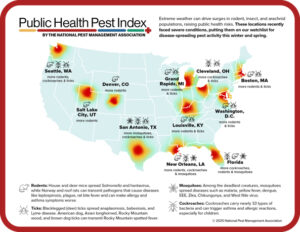Q. I’ve been seeing a lot of articles lately about heavy metals in food. Is this something new that I need to worry about?
The short answer: No
To explain:
For years, global regulatory agencies have monitored foods for the presence of environmental contaminants, with the data used by regulators and scientists to assess risk along the food supply chain. However, recent reports from NGOs and other organizations regarding heavy metals in a variety of ingredients and food products would have you believe that this is a new phenomenon. It’s really quite the contrary!
Heavy metals have always been in foods. For the most part, heavy metals are a natural part of the earth’s crust. Some regions have higher levels of certain metals, so supply chains may be able to source from areas of lower concentration, but reducing heavy metals concentrations in food is incredibly complex. But these facts are sometimes lost in today’s world where “fear sells.”
The facts are:
- Current analytical techniques can detect heavy metals at lower and lower concentrations. But detection doesn’t necessarily mean risk. So what is the true risk? Although that, too, can be hard to ascertain, risk is a function of hazard and exposure, but many of the reports are based on presence of heavy metals without much commentary related to the true risk or lack thereof.
- Regulatory agencies have taken action when levels of heavy metals pose a risk to public health. The FDA states that if “the level of a contaminant in a food causes the food to be unsafe, we take action, which may include working with the manufacturer to resolve the issue and take steps to prevent the product from entering, or remaining in, the U.S. market.”
- Such action includes the FDA’s Toxic Elements Working Group that is focused on reducing these compounds in the food supply chains and is working on a Closer to Zero initiative which focuses on reducing heavy metals in foods commonly consumed by babies and young children.
- The food industry, itself, has been working diligently for years to reduce levels in the food supply.
While much of the industry has been successful in incrementally reducing heavy metals in a variety of food ingredients and finished products, achieving a “zero” standard for these natural elements is unachievable. It is imperative, therefore, for academia, governmental agencies, and industry to accurately communicate risk, or lack thereof, as pertains to heavy metals and other contaminants that may impact food.





